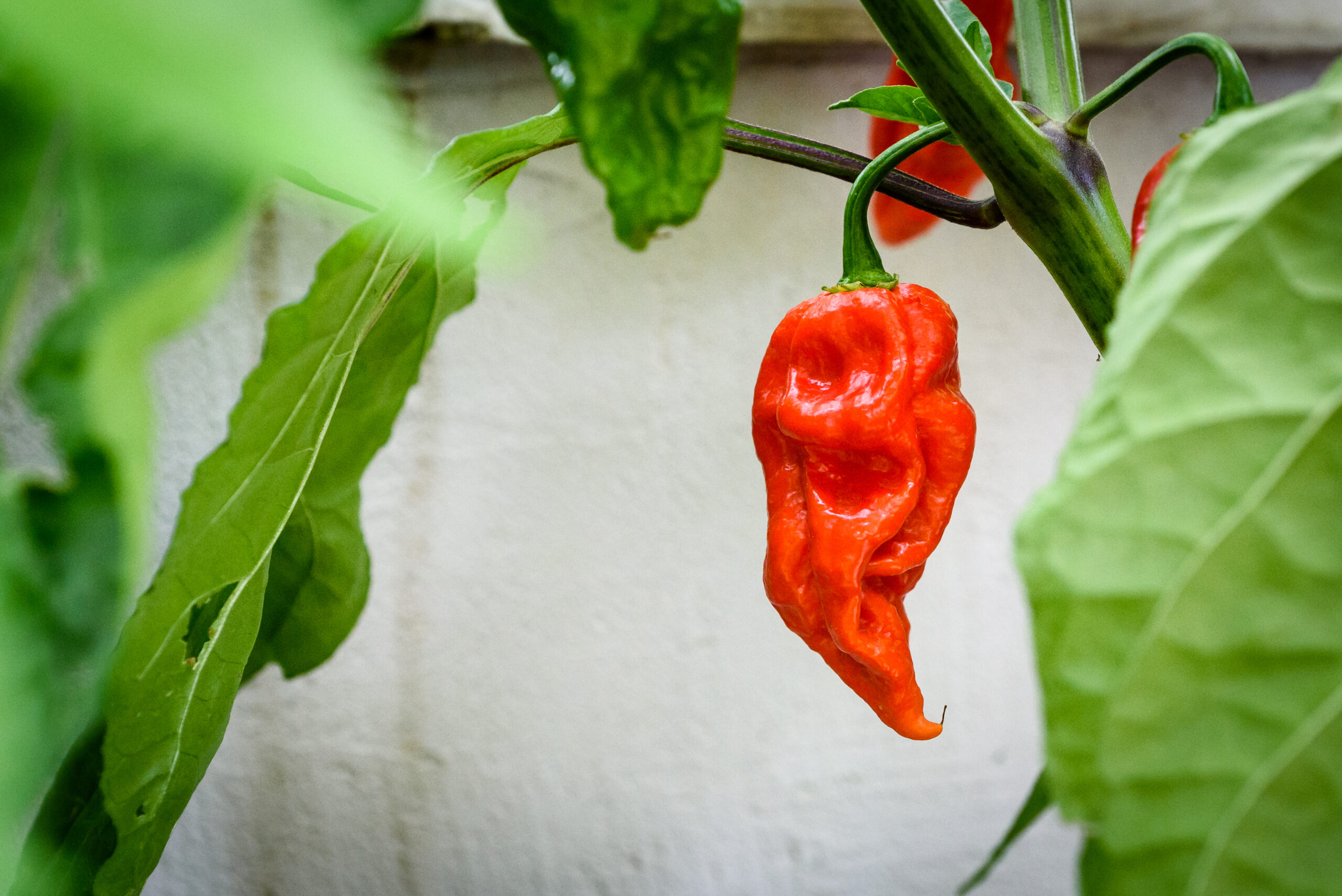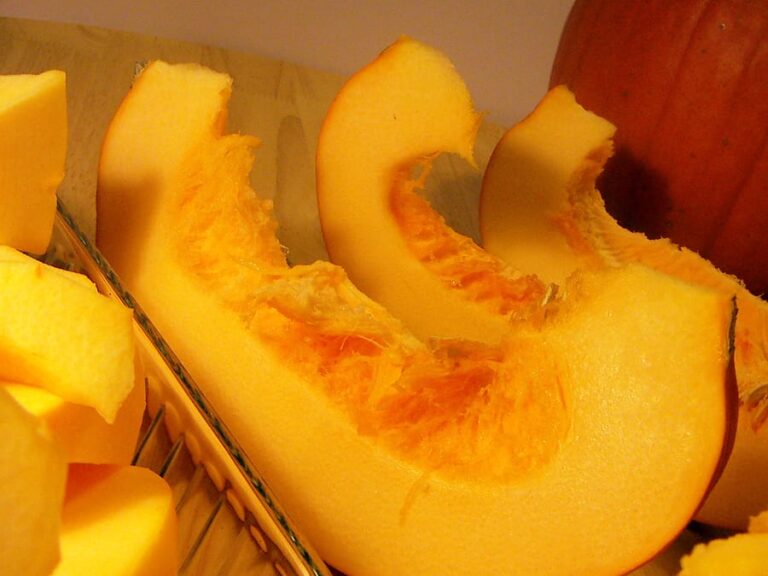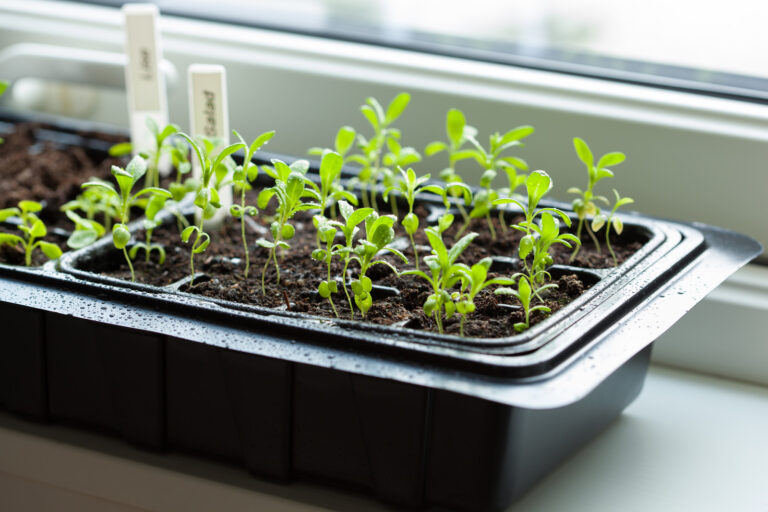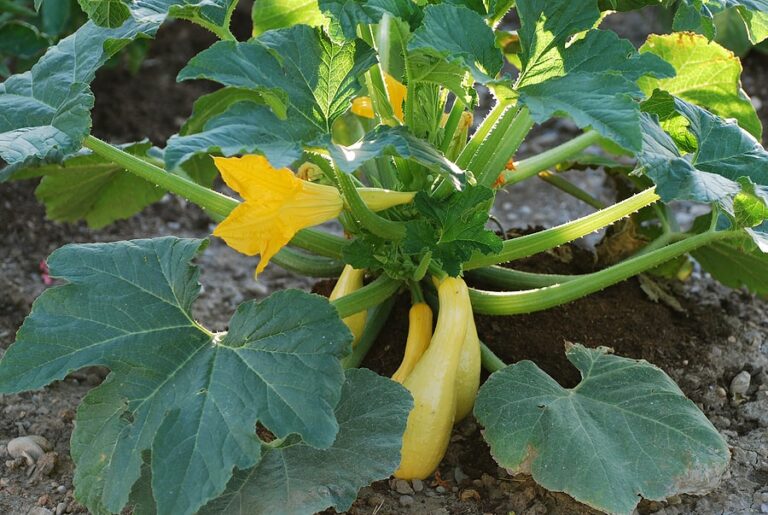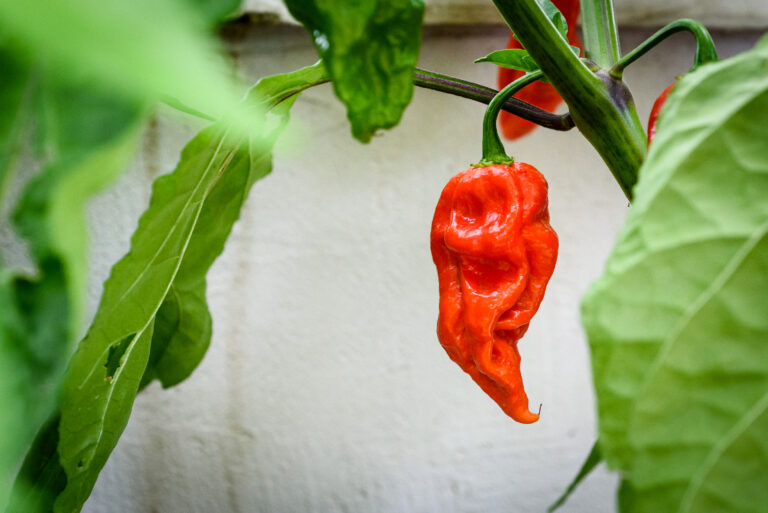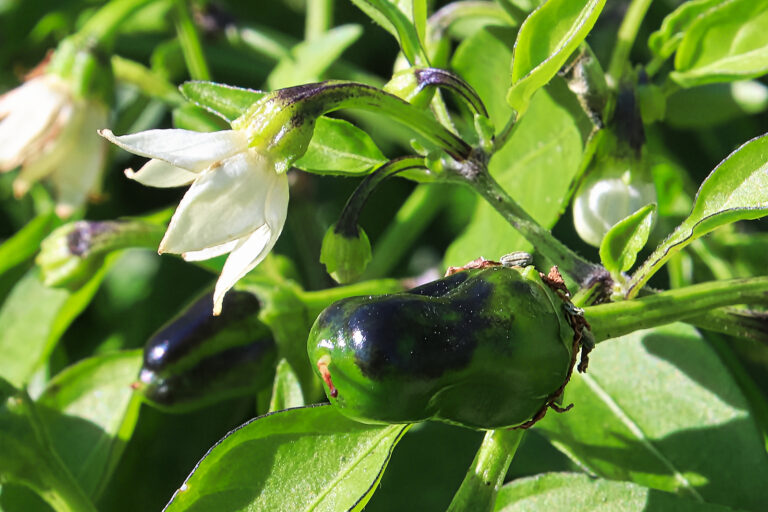The Science of Pepper Heat: Understanding the Scoville Scale
If you’ve ever bitten into a fiery chili pepper, you know the burning heat is unforgettable. But what exactly causes that sensation—and how do we measure it? Enter the Scoville Scale, the standard method for ranking pepper heat.
This guide will explain the science behind pepper spiciness, how the Scoville Scale works, and why some peppers pack more punch than others.
What Makes Peppers Hot?
The heat in peppers comes from capsaicin, a natural chemical compound concentrated in the placenta (the white pithy tissue inside the fruit). Capsaicin binds to receptors in your mouth and skin, tricking your body into feeling intense heat, even though no actual burning is happening.
Fun fact: Capsaicin evolved as a defense mechanism to deter mammals from eating peppers—while birds, unaffected by capsaicin, help spread the seeds.
What Is the Scoville Scale?
Created by Wilbur Scoville in 1912, the Scoville Scale measures the concentration of capsaicinoids in peppers. Originally, human taste testers diluted pepper extracts with sugar water until they no longer felt heat. The number of dilutions required became the pepper’s Scoville Heat Units (SHU).
Today, high-performance liquid chromatography (HPLC) is used for more accurate measurements, but results are still expressed in SHU.
Pepper Heat Levels on the Scoville Scale
Here are common peppers ranked from mild to extreme:
- 🌱 Bell Pepper – 0 SHU (no heat)
- 🌿 Poblano – 1,000–1,500 SHU (mild)
- 🌶 Jalapeño – 2,500–8,000 SHU (moderate)
- 🔥 Cayenne – 30,000–50,000 SHU (hot)
- 🌋 Habanero – 100,000–350,000 SHU (very hot)
- ☠️ Carolina Reaper – 1,500,000–2,200,000 SHU (world’s hottest pepper to date)
Why Pepper Heat Varies
Several factors influence heat levels, even within the same variety:
- Genetics: Each pepper has a genetic heat potential.
- Growing conditions: Hotter weather and mild water stress increase capsaicin levels.
- Ripeness: Fully ripe peppers are generally hotter than immature green ones.
How Your Body Reacts to Capsaicin
When you eat a hot pepper, capsaicin binds to TRPV1 receptors, which usually detect heat and pain. This triggers burning, sweating, and sometimes even endorphin release—explaining the “chili high” some pepper lovers enjoy.
Water doesn’t wash away capsaicin (it’s oil-based), but dairy products like milk help neutralize it.
Experience-Based Insight
In my own garden, I’ve noticed that jalapeños grown in hot, dry summers consistently measure hotter on the Scoville Scale than those grown in mild, rainy years. Stress increases capsaicin, making even familiar peppers surprisingly fiery.
Final Thoughts
The Scoville Scale offers a fascinating look into the science of spice. By understanding capsaicin and its effects, you can better appreciate the wide world of peppers—from sweet bells to superhot
🌶 Peppers Growing Hub
Start here:
- How to Plant and Grow Hot Peppers: A Gardener’s Guide to Spicy Success
- How to Grow Sweet Peppers: A Gardener’s Guide to a Bountiful Harvest
Getting Peppers Started (general prep)
- Seed Starting Peppers: Proven Method for Strong, Healthy Plants
- Soil Preparation for Peppers: The Secret to Strong Roots and Big Harvests
- Best Hot Pepper Varieties to Grow for Salsas, Sauces, and Drying
- Best Sweet Pepper Varieties to Grow
- World’s Hottest Peppers You Can Grow in Your Garden
- The Science of Pepper Heat: Understanding Scoville Units
- Growing Peppers Indoors Under Lights
- Companion Planting with Peppers: Best and Worst Neighbors in the Garden
Planting & Growing Peppers
- When and How to Transplant Pepper Seedlings Outdoors
- 10 Steps to Grow a Bumper Pepper Crops
- How to Grow Hot Peppers in Containers: Tips for Small Spaces
- 7 Tips for Growing Peppers in Pots
- How to Grow Colored Bell Peppers: How to Get Reds, Yellows, and Oranges
- Cross-Breeding Hot Peppers at Home: A Beginner’s Guide
- How to Water & Fertilize Sweet Bell Peppers for Maximum Yield
- Pruning Pepper Plants for Healthier Growth and Bigger Harvests
- Six Tips to Grow Peppers for Flavor
- Pepper Season Extension & Overwintering: How to Keep Plants Producing Longer
Pepper Care & Troubleshooting
- Pepper Pests, Diseases, and Problems—How to Fix Them Naturally
- Caring for Peppers: Mid-Season Problem Cures
- How to Increase the Heat of Hot Peppers Naturally
- Overwintering Pepper Plants Indoors
- How to Overwinter Pepper Plants in Any USDA Zone
Harvesting & Preserving Peppers
- When to Harvest Hot Peppers for Maximum Heat
- How to Harvest Sweet Peppers for the Best Flavor
- How to Preserve Hot Peppers: Drying, Fermenting & Pickling
- How to Ripen Green Peppers Indoors
- Saving Pepper Seeds for Next Year’s Crop
Cooking & Using Peppers
- Preparing and Serving Sweet Peppers – Harvest to Table
- Five Ways to Cook and Serve Chili Peppers
- Stuffed Peppers: Best Varieties for Cooking
- Cooking with Hot Peppers: Flavor & Safety Tips
- How to Handle Hot Peppers Without Burning Your Skin

